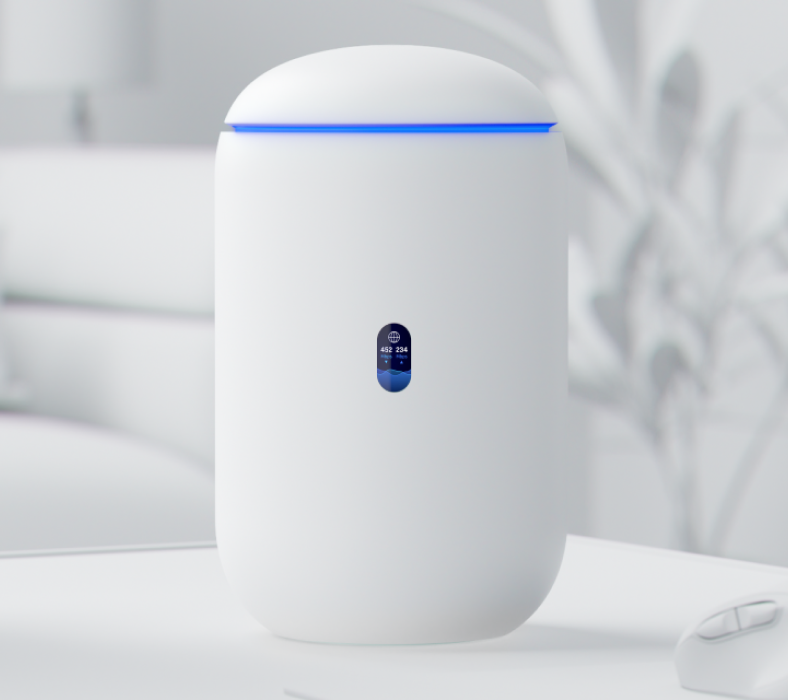
In an era where technology seamlessly integrates into every facet of our lives, the Internet of Things (IoT) has emerged as a cornerstone of modern innovation. From smart thermostats to connected cars, IoT devices are redefining convenience and efficiency. However, this rapid proliferation also brings an expanded threat landscape in cybersecurity, raising critical concerns for users and businesses alike.
What are IoT Devices?
IoT devices refer to a broad range of gadgets that connect to the internet, extending beyond traditional computers and smartphones to include smart home devices, wearable health monitors, and even industrial control systems. The benefits of IoT in sectors like healthcare, where real-time patient monitoring can save lives, or in manufacturing, where predictive maintenance can prevent costly downtimes, are immense. Yet, with every connected device, the potential for vulnerability increases.
The Expanded Attack Surface
As IoT devices permeate our lives, they create a vast and diverse attack surface. Common vulnerabilities include weak security configurations, unpatched software, and unsecured data transmissions. For instance, the infamous Mirai botnet attack in 2016 exploited simple security flaws in IoT devices like webcams and routers, transforming them into a botnet army that disrupted major internet platforms.
Recent IoT Security Breaches
Recent breaches demonstrate the real-world implications of IoT vulnerabilities. A 2021 attack on a water treatment facility in Florida, where hackers attempted to manipulate water treatment processes via an unsecured IoT device, underscores the potential for catastrophic consequences. These incidents emphasize the need for robust IoT security measures.
Challenges in IoT Security
Securing IoT devices presents unique challenges. The sheer volume and variety of devices make it difficult to apply one-size-fits-all security measures. Additionally, the IoT ecosystem often lacks standardized security protocols, leaving devices vulnerable to attacks. As security experts emphasize, the need for industry-wide security standards is more pressing than ever.
Best Practices for IoT Security
To mitigate these risks, there are several best practices users and organizations can adopt. Regularly updating device firmware, using strong, unique passwords, and employing network segmentation can significantly enhance IoT security. Furthermore, adopting advanced security solutions specifically designed for IoT environments is crucial for comprehensive protection.
The Role of AI and ML in Enhancing IoT Security
Artificial Intelligence (AI) and Machine Learning (ML) are increasingly pivotal in bolstering IoT security. By analyzing vast amounts of data, these technologies can detect and respond to anomalies and potential threats more efficiently. The use of AI in preventing IoT attacks is a promising frontier in cybersecurity.
Conclusion
The integration of IoT devices into daily life is irreversible and continues to grow. While these devices bring unparalleled convenience and efficiency, they also introduce significant cybersecurity risks. Staying informed and proactive in securing IoT devices is imperative in navigating this new digital frontier. As technology evolves, so must our approach to cybersecurity, ensuring a safer and more secure future for all.

In an era where technology seamlessly integrates into every facet of our lives, the Internet of Things (IoT) has emerged as a cornerstone of modern innovation. From smart thermostats to connected cars, IoT devices are redefining convenience and efficiency. However, this rapid proliferation also brings an expanded threat landscape in cybersecurity, raising critical concerns for users and businesses alike.
What are IoT Devices?
IoT devices refer to a broad range of gadgets that connect to the internet, extending beyond traditional computers and smartphones to include smart home devices, wearable health monitors, and even industrial control systems. The benefits of IoT in sectors like healthcare, where real-time patient monitoring can save lives, or in manufacturing, where predictive maintenance can prevent costly downtimes, are immense. Yet, with every connected device, the potential for vulnerability increases.
The Expanded Attack Surface
As IoT devices permeate our lives, they create a vast and diverse attack surface. Common vulnerabilities include weak security configurations, unpatched software, and unsecured data transmissions. For instance, the infamous Mirai botnet attack in 2016 exploited simple security flaws in IoT devices like webcams and routers, transforming them into a botnet army that disrupted major internet platforms.
Recent IoT Security Breaches
Recent breaches demonstrate the real-world implications of IoT vulnerabilities. A 2021 attack on a water treatment facility in Florida, where hackers attempted to manipulate water treatment processes via an unsecured IoT device, underscores the potential for catastrophic consequences. These incidents emphasize the need for robust IoT security measures.
Challenges in IoT Security
Securing IoT devices presents unique challenges. The sheer volume and variety of devices make it difficult to apply one-size-fits-all security measures. Additionally, the IoT ecosystem often lacks standardized security protocols, leaving devices vulnerable to attacks. As security experts emphasize, the need for industry-wide security standards is more pressing than ever.
Best Practices for IoT Security
To mitigate these risks, there are several best practices users and organizations can adopt. Regularly updating device firmware, using strong, unique passwords, and employing network segmentation can significantly enhance IoT security. Furthermore, adopting advanced security solutions specifically designed for IoT environments is crucial for comprehensive protection.
The Role of AI and ML in Enhancing IoT Security
Artificial Intelligence (AI) and Machine Learning (ML) are increasingly pivotal in bolstering IoT security. By analyzing vast amounts of data, these technologies can detect and respond to anomalies and potential threats more efficiently. The use of AI in preventing IoT attacks is a promising frontier in cybersecurity.
Conclusion
The integration of IoT devices into daily life is irreversible and continues to grow. While these devices bring unparalleled convenience and efficiency, they also introduce significant cybersecurity risks. Staying informed and proactive in securing IoT devices is imperative in navigating this new digital frontier. As technology evolves, so must our approach to cybersecurity, ensuring a safer and more secure future for all.







